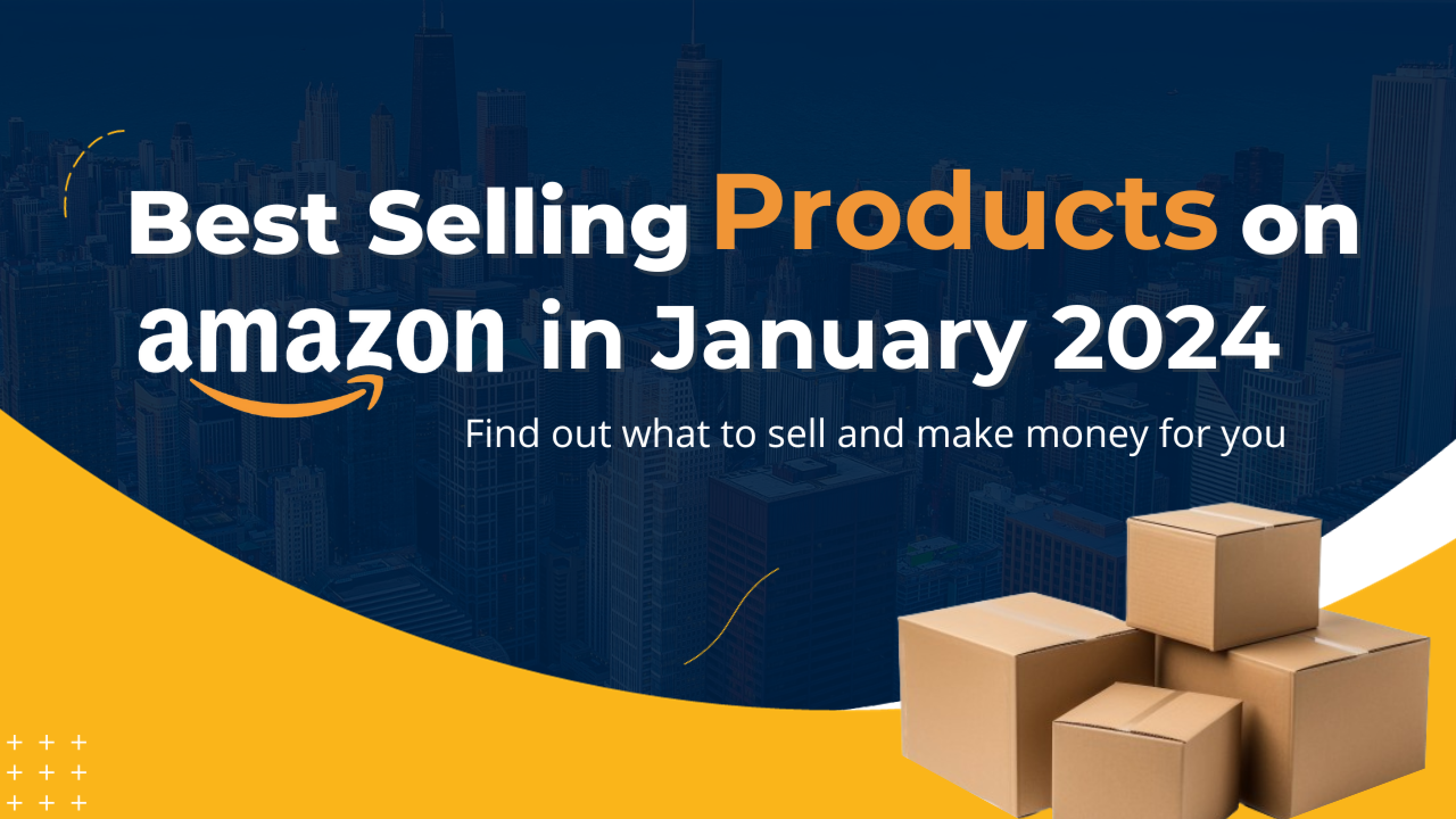This is Where the Traffic of 90% of Your Amazon Orders Came From
This is Where the Traffic of 90% of Your Amazon Orders Came From
Where would the traffics to your Amazon listings come from? Many people may give the following answers:
1. Traffic from keyword search result ranking;
2. Traffic from "Also bought" and "Also viewed" sections.
3. Traffic from Frequently Bought Together;
4. Traffic from Lightning Deals and Best Deals;
5. Traffic from outside of Amazon;
Among them, the first two are very well-known in third-party seller service markets, for which the sellers strive hard to get themselves ranked high on the two lists. Yet, have the service providers revealed the truth? No! These are not the major traffics on Amazon! Here are the analysis of them one by one:
Traffic from keyword search result ranking
Service providers advertise that they can "rank sellers" products on the first page of keyword search results, but does it work? When it comes to keyword search ranking, the search results page is always full of the same products, and the probability of being clicked by customers is less than 1/10. Besides, the traffic from keyword search ranking greatly depends on customers' organic searches. Do you think it is enough?
Associated Traffic
These are the traffic from Also Bought & Also Viewed, and Frequently Bought Together. Except for Frequently Bought Together, the traffic from the other two associated recommendations are declining now. For example, on the Listing detail page: Also Bought list is placed under the Sponsored related products (CPC) column, and CPC's role has been further improved; while Also Viewed has always been at the bottom, except on smaller Amazon marketplaces (such as amazon.es).
LD and BD traffics
The business model and principle of Lightning Deals and Best Deals are similar to group buying at Groupon, which will be useless if there are too many of them. They can promote your brand awareness to a certain extent, but if you want to make good sales out of it, you really need your deals in a good display position. Besides, just like keyword search traffic, it is also passive and uncontrollable.
Traffic from outside of Amazon
Different from the above three, this traffic can be actively driven by techniques. However, in my opinion, this is also unreliable, unless the brands are considerably popular and recognized. Traffic from outside of Amazon are mixed up at all levels, and people who have tried this clearly know the quality level; moreover, if the market has been saturated within Amazon, there will be no room for growth.Therefore, where does the 90% of the real traffic come from? The answer actually lies in Amazon's email marketing + CPC Sponsored Product Ads.
This article mainly talks about email marketing. It is a product of Amazon's accurate big data analysis and processing based on the browsing history of all user accounts. It can be simply understood as, based on user's browsing history, Amazon will pick the similar products with the most potential for purchase from the category that the she/he has visited and email them to the user. In other words, whether a seller's listing can be picked by Amazon and emailed to the large number of buyers who have visited the same category is extremely important.
How to be included in Amazon's email marketing? Here are the 9 indicators of the core algorithm
We already know the 9 indicators that affect Amazon's pick list for email marketing.
The question is how can we push these 9 indicators to the highest level and win over the Amazon's recommendation?
First let us understand the meaning of these 9 data indicators:
1. Number of reviews
It is very clear to everyone that once reviews are deleted, the sales will drop immediately. WHY? Because the index value is smaller, therefore it loses the email marketing effectiveness, thus losing orders. We need to maintain steady reviews for building a popular product listing.
2. (Review) Comprehensive score
This is easy to understood, namely the scores reflected by five stars, determined by the buyers giving reviews.
3. Product sales
It refers to the sales volume of best sellers in the Seller Rank list. The greater the sales volume, the better chance to be included in the marketing emails. We have experienced this in early years, and quite a lot of people made money from this. However, the determining factors at the time was too simple and has now been dispersed among other 8 indicators.
4. The average increase rate of reviews within a certain period
We estimate that the period might be 15 days.
5. Q&A(answer & questions)
The more Q&As, the more it indicates "being watched" or "seen as popular".
6. Wish list
Examples include Most Wished For and Gift Idea, which also indicates the product's "popularity and expectation". Therefore, when these two indicators are pushed to the maximum, the product will be included in a considerable amount of marketing emails, up to a level that equivalent to 10 organic orders.
7. The number of times been Add to Cart
Just like the previous indicator, it also reflects the popularity of the listing on market, thus affecting the ratio of to be included in email marketing.
8. Advertising
This is easy to understand. The more you contribute to Amazon, the more you are rewarded.
9. ACOS
As a comprehensive indicator of advertising, it can also reflect the quality of listing. Low ACOS means high conversion rate; the better the product quality, the higher the conversion rate, and easier to be selected for email marketing. As a transaction platform, Amazon surely would recommend the high-quality products to buyers to promote sales and increase revenue.
The average increase rate of reviews within a certain period is the most important among the above 9 indicators, which reflects whether the product sales is growing steadily, and implies the product is good or worth recommending. This is why many sellers lose sales when there is a critical review or the reviews are deleted, but it also explains why some sellers are addicted to brushing scams. Of course, Amazon's penalty on this is tough, too.
The three indicators, Q&A, Wish List, and Add to Cart are the indicators of purchase intention data before placing orders, so their weight in email marketing is relatively light.
In this regard, we can do an experiment: use a seller account or register a buyer account to keep track of a product, and you can find how Amazon send the marketing emails to you based on your browsing history.
Once the above 9 indicators are pushed to the maximum level, you will win over the traffic from Amazon's email marketing and won't have to worry about sales anymore.
About Tool4seller
A best-in-class Amazon seller tool that is specialized in sales& profits analytics, PPC optimization, keyword research, competitor tracking, instant alerts for listing hijacking, price changing, and inventory updates, etc.



